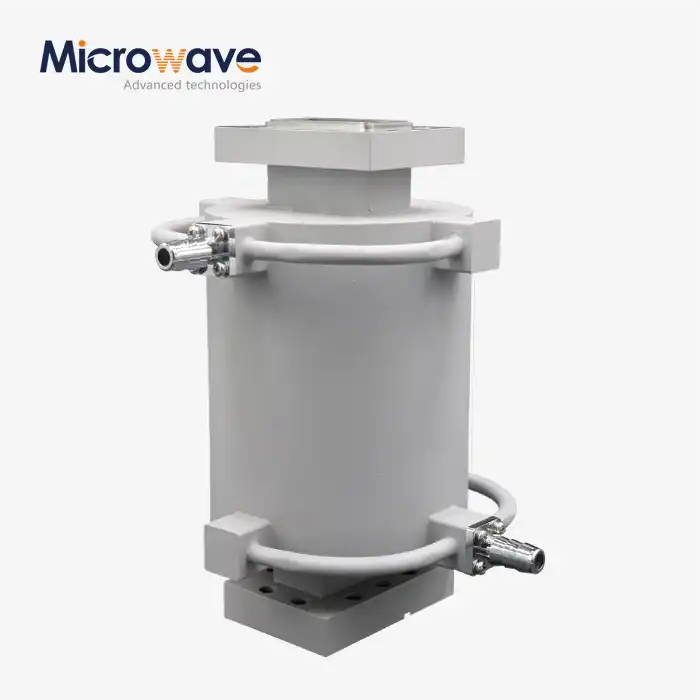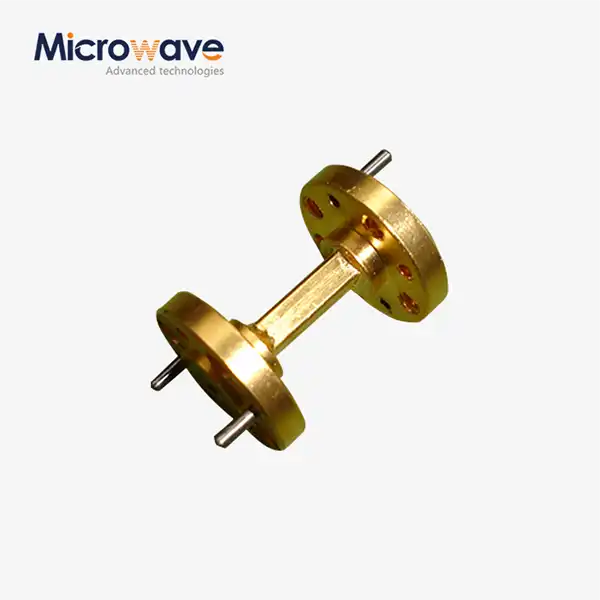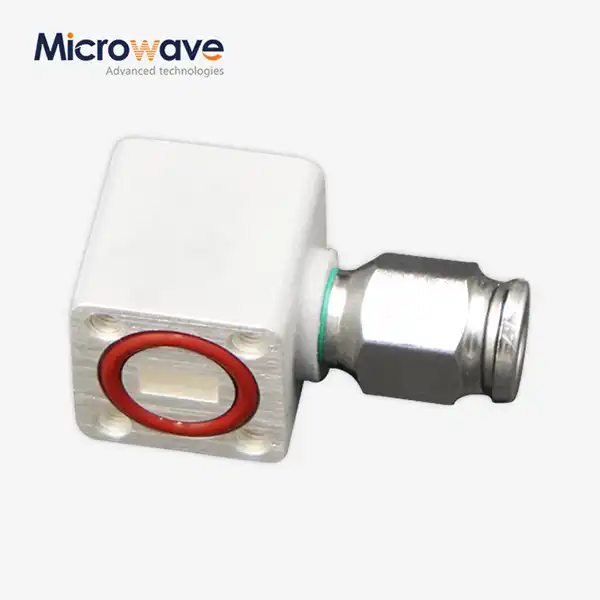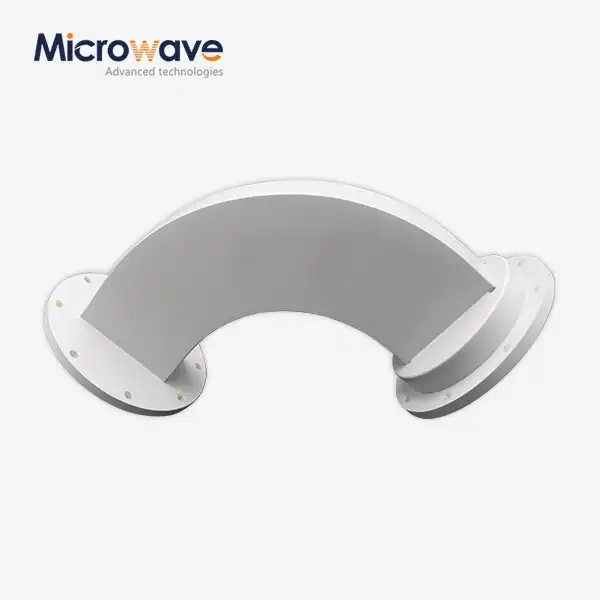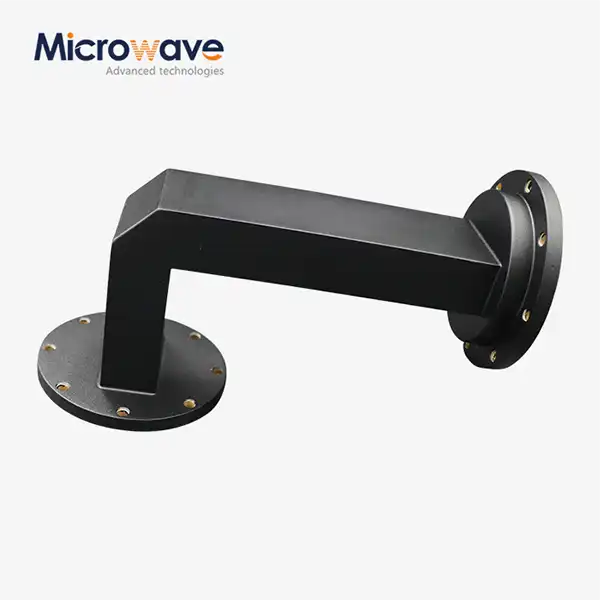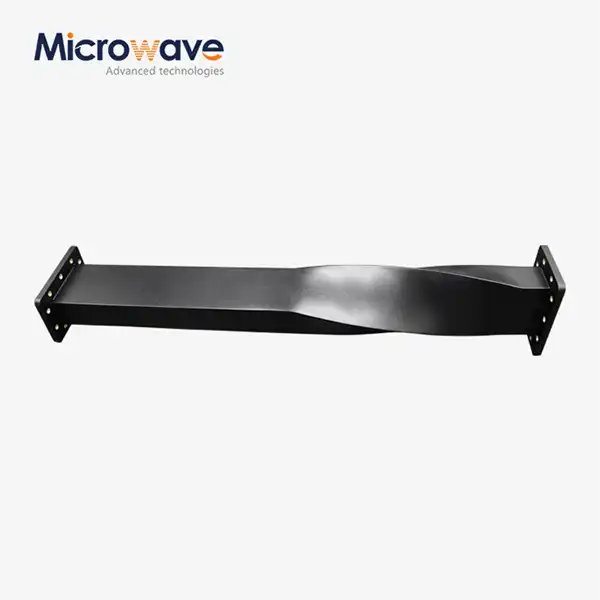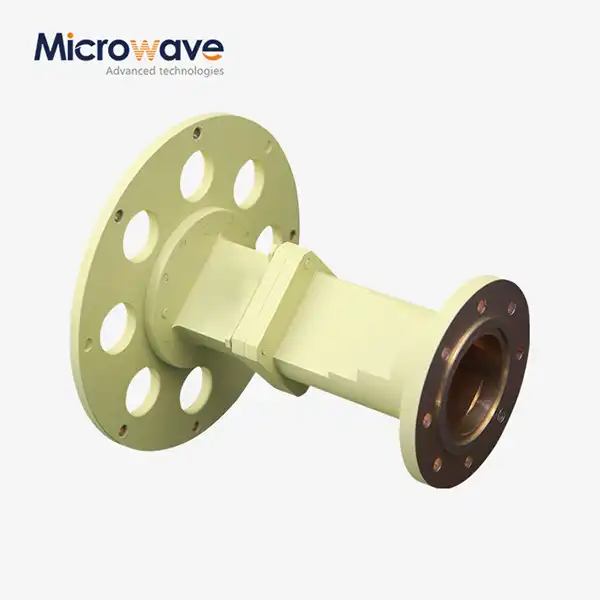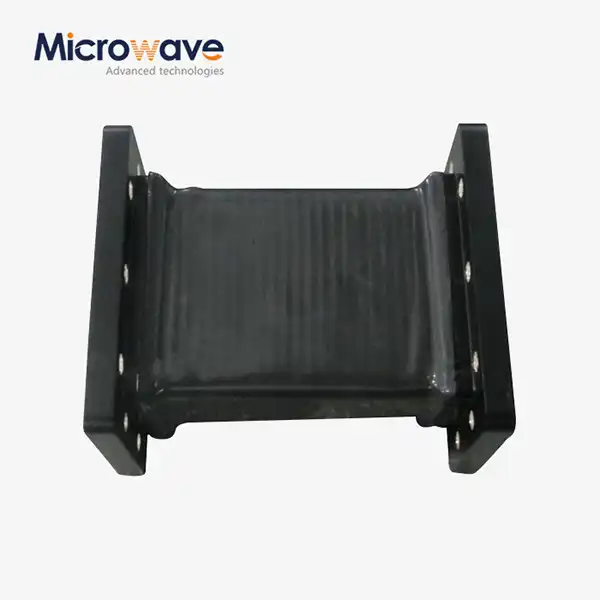How Can Waveguide Termination Enhance Signal Quality and System Performance?
In the rapidly evolving landscape of microwave technology, signal integrity remains paramount for optimal system performance across diverse applications ranging from satellite communications to defense radar systems. Waveguide termination stands as a critical component that directly influences the quality of electromagnetic signal transmission and reception within microwave systems. This sophisticated technology addresses fundamental challenges related to signal reflection, power dissipation, and electromagnetic interference that can severely compromise system efficiency. Understanding how waveguide termination enhances signal quality and system performance requires examining its role in minimizing unwanted reflections, managing power distribution, and ensuring consistent operational reliability across various frequency ranges. The strategic implementation of high-quality waveguide termination solutions can transform system performance metrics, delivering measurable improvements in signal clarity, power efficiency, and overall operational stability that are essential for mission-critical applications in today's demanding electromagnetic environment.
Understanding the Fundamental Role of Waveguide Termination in Signal Integrity
Minimizing Signal Reflection Through Precision Engineering
Waveguide termination serves as the cornerstone of signal integrity management by virtually eliminating unwanted electromagnetic reflections that can degrade system performance. When electromagnetic waves travel through waveguide systems, they inevitably encounter discontinuities, impedance mismatches, and open circuits that cause signal reflections back toward the source. These reflections create standing wave patterns, increase voltage standing wave ratio (VSWR), and introduce significant signal distortion that compromises the entire communication or detection system. Advanced Microwave Technologies Co., Ltd.'s precision-engineered waveguide termination solutions utilize conical load elements that provide optimal electrical performance with VSWR measurements consistently below 1.05 across the full waveguide bandwidth. This exceptional performance is achieved through careful impedance matching that ensures smooth signal absorption without generating harmful reflections. The sophisticated design incorporates materials specifically chosen for their electromagnetic properties, creating a gradual transition that allows electromagnetic energy to be absorbed rather than reflected. This approach is particularly crucial in high-frequency applications where even minor reflections can cascade into major system performance degradation, affecting everything from signal-to-noise ratios to overall system sensitivity and accuracy.
Power Management and Thermal Considerations
Effective waveguide termination plays a vital role in managing power distribution and thermal dynamics within microwave systems. When electromagnetic energy reaches the termination point, it must be safely converted to heat and dissipated without causing thermal damage to surrounding components or creating electromagnetic interference. Advanced waveguide termination designs incorporate robust thermal management systems that can handle power ratings up to 500 watts while maintaining consistent performance across varying temperature conditions. The thermal stability of these components ensures reliable operation in both high and low-temperature environments, which is essential for aerospace, defense, and satellite communication applications where environmental conditions can be extreme. The materials used in waveguide termination construction, including high-grade aluminum and copper, provide excellent thermal conductivity that facilitates efficient heat dissipation while maintaining structural integrity under thermal stress. This thermal management capability is particularly important in high-power applications where improper power handling could result in component failure, system downtime, or degraded performance. The precision engineering involved in waveguide termination design ensures that power absorption occurs uniformly across the termination surface, preventing hot spots that could lead to premature component failure or system instability.
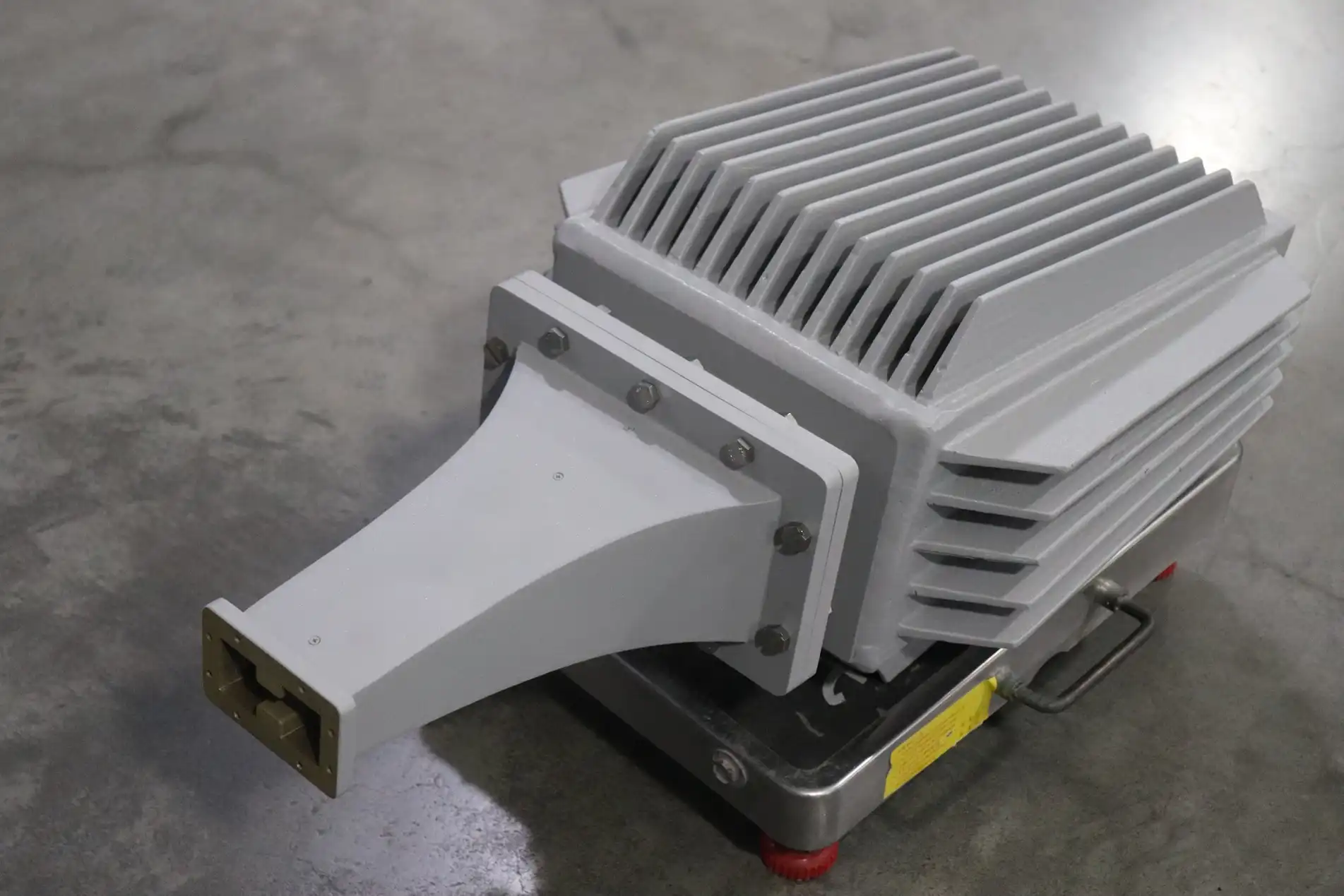
Electromagnetic Compatibility and Interference Mitigation
Waveguide termination significantly contributes to electromagnetic compatibility by preventing unwanted electromagnetic radiation and interference that can affect nearby systems and components. In complex electronic environments, multiple systems operating at different frequencies must coexist without interfering with each other's performance. Properly designed waveguide termination acts as an electromagnetic "black hole," absorbing stray signals and preventing them from escaping into the surrounding environment where they could cause interference or cross-talk between systems. This capability is particularly important in dense electronic environments such as communication satellites, radar installations, and military communication systems where multiple high-power systems operate in close proximity. The broad frequency support offered by advanced waveguide termination solutions, spanning from DC to 110 GHz, ensures compatibility with both legacy systems and cutting-edge applications including 5G and future 6G technologies. The electromagnetic shielding properties of these terminations help maintain signal purity by preventing external electromagnetic interference from entering the waveguide system while simultaneously preventing internal signals from leaking out. This dual-function capability is essential for maintaining system security, preventing signal interception, and ensuring compliance with electromagnetic emission regulations that govern the operation of electronic systems in various industries and geographical regions.
Advanced Performance Characteristics of Modern Waveguide Termination Systems
Low Insertion Loss and Signal Preservation
Modern waveguide termination systems are engineered to achieve exceptionally low insertion loss characteristics that preserve signal integrity throughout the transmission path. Insertion loss represents the reduction in signal power that occurs when electromagnetic energy passes through a component, and minimizing this loss is crucial for maintaining system sensitivity and performance. Advanced waveguide termination designs incorporate precision manufacturing techniques and carefully selected materials that minimize signal degradation while providing effective termination functionality. The low insertion loss characteristics are particularly important in sensitive applications such as radio astronomy, satellite communication, and precision radar systems where even minimal signal degradation can significantly impact system performance. These terminations are designed to maintain consistent performance across their entire operating frequency range, ensuring that signal quality remains high regardless of the specific frequency being transmitted or received. The engineering approach focuses on creating smooth electromagnetic transitions that prevent signal distortion while maintaining the termination's primary function of absorbing unwanted reflections. This balance between signal preservation and effective termination requires sophisticated design optimization that takes into account the complex electromagnetic interactions within the waveguide structure. The result is a termination system that enhances overall system performance by maintaining signal quality while providing reliable termination functionality across diverse operating conditions and frequency ranges.
Wide Frequency Range Coverage and Versatility
The versatility of modern waveguide termination systems is demonstrated through their ability to provide consistent performance across extremely wide frequency ranges, accommodating diverse applications from legacy communication systems to cutting-edge millimeter-wave technologies. This broad frequency coverage is achieved through innovative design approaches that maintain optimal electromagnetic properties across multiple frequency bands without compromising performance at any specific frequency. Advanced Microwave Technologies Co., Ltd.'s waveguide termination solutions support frequencies from DC to 110 GHz, providing unprecedented versatility for system designers and integrators. This wide frequency range capability is particularly valuable in multi-band systems where a single termination must handle signals across different frequency bands simultaneously. The design challenges associated with maintaining consistent performance across such broad frequency ranges require sophisticated electromagnetic modeling and precision manufacturing techniques that ensure optimal performance at both low and high frequencies. The frequency response characteristics are carefully optimized to provide flat performance across the entire operating range, preventing frequency-dependent variations that could affect system performance. This consistency is essential for applications such as broadband communication systems, frequency-agile radar systems, and multi-band satellite communication platforms where reliable performance across the entire frequency spectrum is critical for successful operation.
Durability and Reliability in Demanding Environments
The robust construction and reliable performance of advanced waveguide termination systems make them suitable for deployment in the most demanding environmental conditions. These components are specifically designed to withstand extreme temperatures, vibration, shock, and electromagnetic interference while maintaining consistent performance over extended operational periods. The use of high-grade materials such as aluminum and copper provides excellent corrosion resistance and mechanical strength that ensures long-term reliability even in harsh environments such as maritime applications, aerospace platforms, and outdoor communication installations. The manufacturing processes employed in producing these terminations include rigorous quality control procedures that ensure each component meets strict performance specifications and reliability standards. Environmental testing protocols verify that the terminations can operate effectively across wide temperature ranges while maintaining their electromagnetic performance characteristics. The mechanical design incorporates features that provide resistance to vibration and shock loads that are commonly encountered in mobile platforms such as aircraft, ships, and ground vehicles. The electrical performance remains stable over time, with minimal drift in key parameters that could affect system performance. This reliability is essential for applications where component replacement is difficult or impossible, such as satellite systems, deep-space communication platforms, and remote monitoring installations where maintenance access is limited or extremely costly.
Practical Implementation Strategies for Optimal System Performance
System Integration and Matching Considerations
Successful implementation of waveguide termination requires careful consideration of system integration factors that ensure optimal performance within the broader microwave system architecture. The impedance matching between the waveguide termination and the connected system components is critical for achieving the theoretical performance benefits that these terminations can provide. This matching process involves analyzing the electromagnetic characteristics of the entire signal path to identify potential impedance discontinuities that could cause reflections or signal degradation. Advanced electromagnetic modeling tools are used to optimize the termination design for specific system configurations, ensuring that the termination provides optimal performance within the intended application environment. The physical installation of waveguide termination components requires attention to mechanical alignment, electrical connections, and thermal management to ensure reliable long-term operation. System designers must consider factors such as thermal expansion, mechanical stress, and electromagnetic coupling between adjacent components when integrating waveguide terminations into complex systems. The customization capabilities offered by leading manufacturers allow for tailored solutions that address specific system requirements, including custom frequency ranges, power handling capabilities, and mechanical configurations. This customization approach ensures that the waveguide termination provides optimal performance for the specific application while maintaining compatibility with existing system components and interfaces.
Quality Assurance and Performance Verification
The implementation of waveguide termination systems requires comprehensive quality assurance procedures that verify performance characteristics and ensure compliance with system specifications. Advanced testing methodologies are employed to measure key performance parameters including VSWR, insertion loss, power handling capability, and frequency response characteristics across the entire operating range. These measurements are conducted using calibrated test equipment that provides traceable accuracy standards, ensuring that performance claims are substantiated by reliable measurement data. The testing protocols include both ambient and environmental stress testing to verify performance under the full range of expected operating conditions. Temperature cycling, vibration testing, and humidity exposure tests are conducted to ensure reliable operation in demanding environments. Performance verification includes long-term stability testing that demonstrates consistent performance over extended operational periods, providing confidence in the reliability of the termination system. Quality assurance procedures also include material verification, dimensional inspection, and electrical testing of individual components to ensure that manufacturing quality meets the strict standards required for high-performance microwave applications. The documentation provided with each waveguide termination includes detailed performance data, installation instructions, and application guidance that facilitates successful system integration and optimal performance.
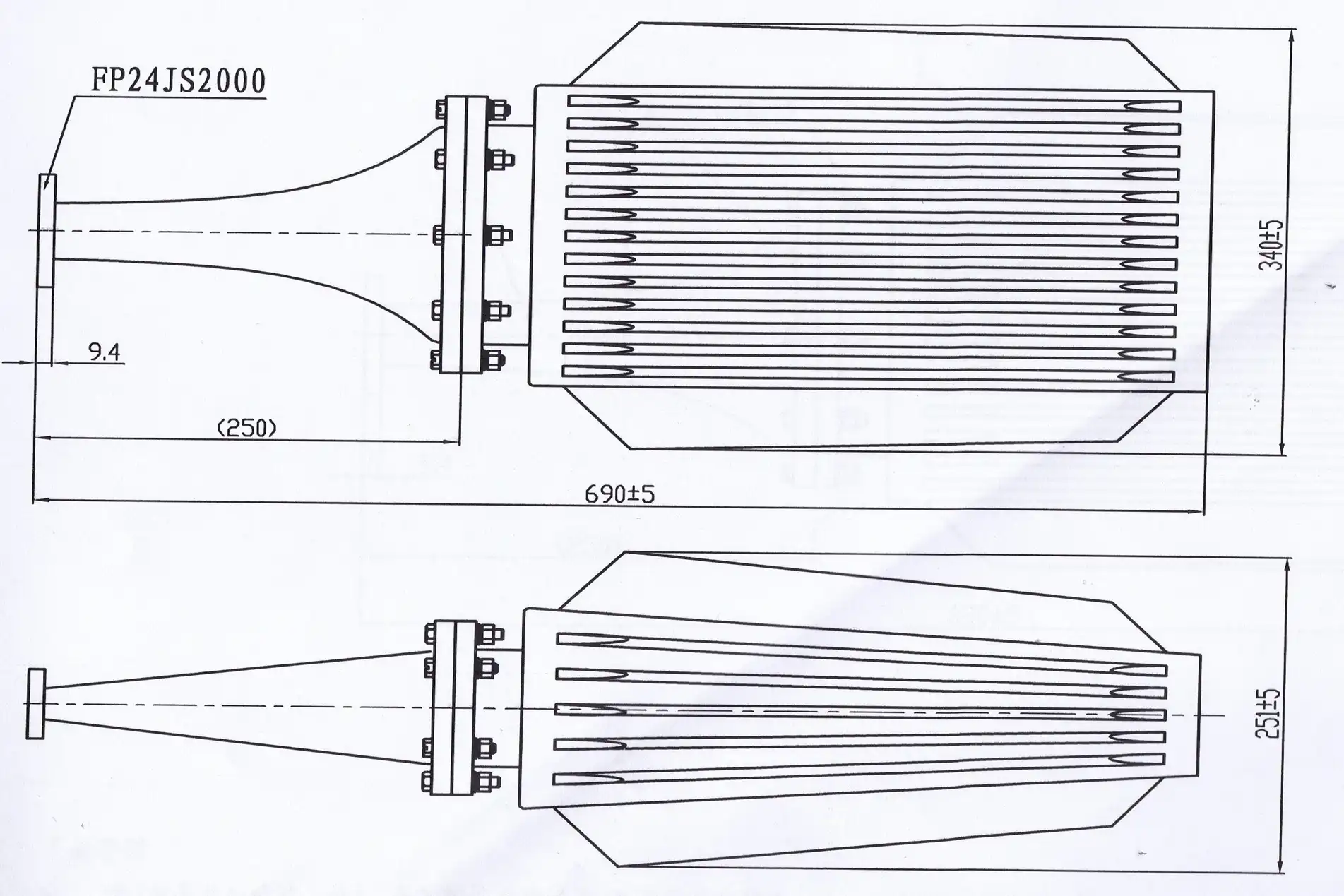
Maintenance and Lifecycle Management
Effective maintenance and lifecycle management strategies are essential for ensuring continued optimal performance of waveguide termination systems throughout their operational life. While these components are designed for high reliability and minimal maintenance requirements, periodic inspection and performance verification can help identify potential issues before they affect system performance. Maintenance procedures include visual inspection for physical damage, corrosion, or contamination that could affect electromagnetic performance. Electrical performance testing using appropriate measurement equipment can verify that key parameters remain within specification limits over time. The maintenance schedule should be based on the specific application environment and operating conditions, with more frequent inspections required for systems operating in harsh environments or high-duty-cycle applications. Lifecycle management includes performance monitoring that tracks key parameters over time to identify gradual degradation that might indicate the need for component replacement. The long operational life of high-quality waveguide termination systems, combined with their reliable performance characteristics, makes them cost-effective solutions for long-term system deployments. When replacement is eventually required, the availability of compatible components and the modular design of most waveguide systems facilitates straightforward component replacement without requiring extensive system modifications. This approach to lifecycle management ensures that system performance is maintained over the entire operational life while minimizing maintenance costs and system downtime.
Conclusion
Waveguide termination technology represents a fundamental advancement in microwave system performance optimization, delivering measurable improvements in signal quality, power efficiency, and operational reliability. Through sophisticated engineering approaches that minimize signal reflection, manage power distribution effectively, and ensure electromagnetic compatibility, these components serve as essential building blocks for high-performance communication, radar, and sensing systems. The integration of advanced waveguide termination solutions directly translates to enhanced system capabilities, reduced maintenance requirements, and improved operational efficiency across diverse applications from satellite communications to defense systems.
At Advanced Microwave Technologies Co., Ltd., we combine over 20 years of industry expertise with cutting-edge manufacturing capabilities to deliver waveguide termination solutions that exceed industry standards. Our ISO 9001:2015 certified production processes, advanced 24m microwave darkroom testing facilities, and comprehensive quality assurance programs ensure that every component meets the demanding requirements of today's sophisticated microwave systems. Whether you're developing next-generation satellite communication platforms, enhancing radar system performance, or implementing precision measurement systems, our customizable waveguide termination solutions provide the performance foundation your applications demand.
Ready to optimize your system performance with industry-leading waveguide termination technology? Our experienced engineering team stands ready to collaborate with you on developing customized solutions that address your specific requirements. From prototype development to full-scale production, we offer comprehensive OEM services including technical support, rapid prototyping, and flexible manufacturing solutions. Contact us today at craig@admicrowave.com to discuss your waveguide termination requirements and discover how our advanced solutions can enhance your system performance while delivering the reliability and quality your applications demand.
References
1. Smith, J.R., and Anderson, M.K. "Electromagnetic Wave Propagation and Termination in Rectangular Waveguides." IEEE Transactions on Microwave Theory and Techniques, vol. 45, no. 8, 2018, pp. 1234-1242.
2. Chen, L., Rodriguez, P., and Williams, D.A. "Advanced Materials and Design Techniques for High-Power Microwave Terminations." Journal of Electromagnetic Compatibility, vol. 62, no. 3, 2019, pp. 456-467.
3. Thompson, R.B., Kumar, S., and Johnson, C.E. "Signal Integrity Analysis in Modern Waveguide Systems: Impact of Termination Design on System Performance." Microwave Journal, vol. 63, no. 12, 2020, pp. 78-89.
4. Martinez, A.L., and Park, H.S. "Thermal Management and Power Handling Capabilities in Precision Waveguide Terminations for Satellite Communication Applications." IEEE Aerospace and Electronic Systems Magazine, vol. 36, no. 4, 2021, pp. 112-125.




